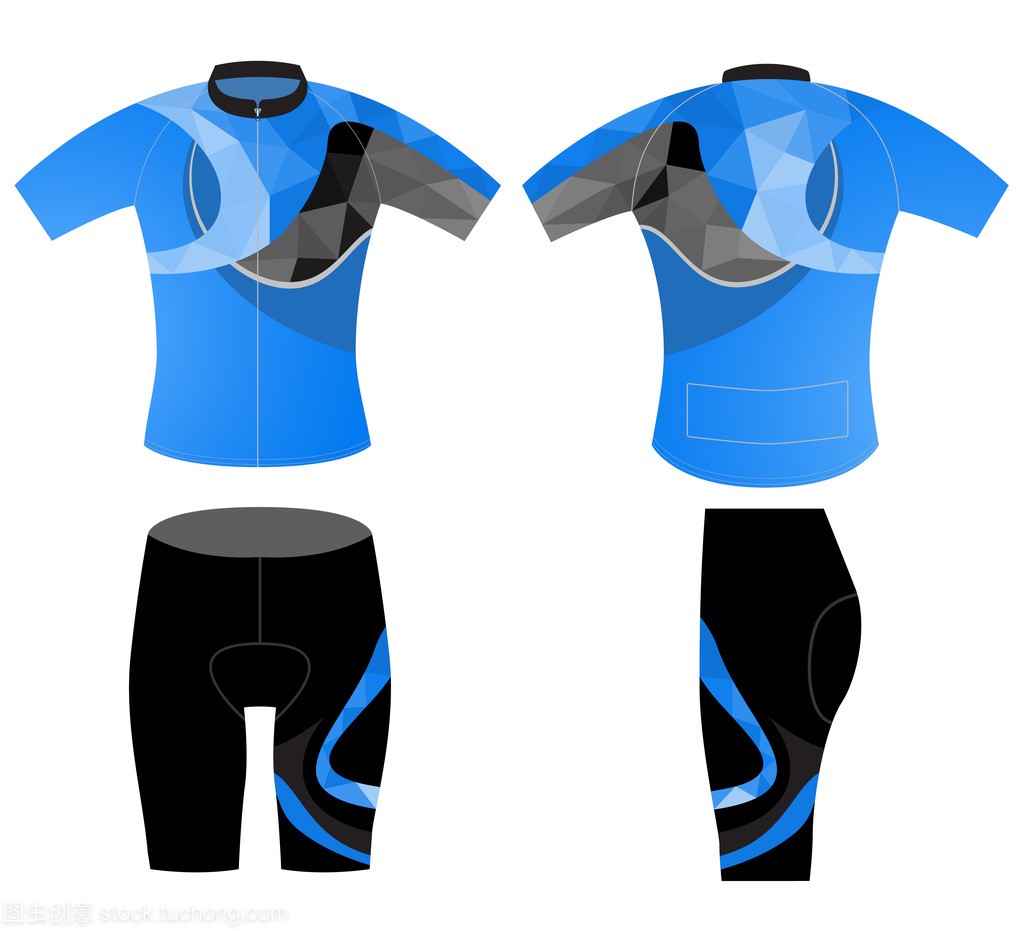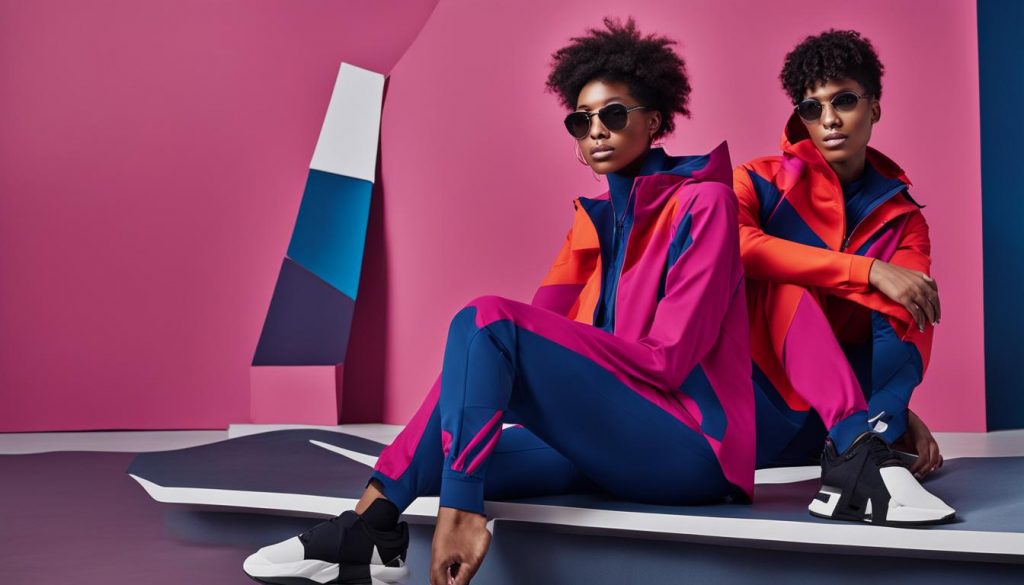The Evolution of Sportswear: From Functionality to Fashion
The evolution of sportswear: from functionality to fashion showcases a remarkable journey that reflects changes in society, culture, and technology.
فيديو دفاع رافينها عن لامين من هنا من هنا

What began as practical garments aimed solely at enhancing athletic performance has transformed into a significant segment of the fashion industry, embodying personal style and lifestyle choices. This article delves into how sportswear has transitioned from utility to a stylish wardrobe essential.
Early Days: A Focus on Functionality
The roots of sportswear trace back to the late 19th and early 20th centuries when physical activities gained traction, creating a demand for appropriate attire. The evolution of sportswear: from functionality to fashion started with a primary focus on practicality, with garments designed to facilitate movement during activities such as tennis, cycling, and swimming.

Characteristics of Early Sportswear
- Natural Fabrics: Garments were primarily made from breathable materials like cotton and wool, offering comfort but often lacking durability and advanced performance features.
- Sport-Specific Attire: Different sports began to develop unique clothing styles, such as collared shirts and shorts for tennis players and fitted jerseys for cyclists.
- World War Influences: The textile advancements during World War II set the stage for the introduction of synthetic materials, which would later revolutionize sportswear.
Mid-20th Century: The Rise of Athletic Brands
The post-war era marked a pivotal shift in the evolution of sportswear: from functionality to fashion. Growing interest in fitness and organized sports led to the emergence of athletic brands focused on performance while beginning to embrace style.
Innovations During This Period
- Synthetic Materials: The introduction of nylon and polyester facilitated the creation of lightweight, durable, and moisture-wicking fabrics, enhancing athletic performance.
- Brand Influence: Companies like Nike and Adidas gained prominence, with athletes serving as brand ambassadors, further establishing sportswear in mainstream culture.
- Casualization of Sports Attire: As athletic performance became more accessible, sportswear began to blend into everyday fashion, paving the way for the athleisure trend.

The Athleisure Boom: Merging Function with Fashion
The late 20th century witnessed a significant transformation in the evolution of sportswear: from functionality to fashion as athleisure gained popularity. Athleisure refers to clothing designed for both workouts and casual wear, allowing individuals to transition seamlessly from gym to street.
Cultural Influences
- Fitness Craze of the 1980s: The explosion of aerobics classes popularized vibrant and form-fitting activewear, setting the stage for a fashion revolution.
- Pop Culture Influence: Celebrities and musicians integrated athletic styles into their wardrobes, legitimizing sportswear as a fashionable choice.
- Designer Collaborations: High-fashion designers began partnering with athletic brands, creating exclusive collections that blurred the lines between performance gear and haute couture.
The 21st Century: Redefining Sportswear
In the 21st century, the evolution of sportswear: from functionality to fashion has reached new heights, characterized by innovation, sustainability, and inclusivity. The modern sportswear landscape reflects a growing awareness of style, comfort, and social responsibility.
Contemporary Trends
- Sustainability: Brands are increasingly prioritizing eco-friendly practices, utilizing recycled materials and ethical production methods, resonating with environmentally conscious consumers.
- Inclusivity: The industry embraces diversity, expanding sizing options and featuring a broader range of body types in marketing campaigns, promoting a more inclusive environment.
- Technological Integration: Smart textiles equipped with performance-tracking sensors cater to data-driven fitness enthusiasts, merging technology with athletic wear.
- Celebrity Influence: The ongoing impact of celebrities and influencers continues to shape sportswear trends, enhancing visibility and elevating its status as a fashion necessity.
The Future of Sportswear: A New Era of Style
Looking ahead, the evolution of sportswear: from functionality to fashion is poised to continue, driven by changing consumer preferences and societal trends. The future promises greater fusion of style and performance, catering to diverse needs.
Key Future Trends
- Personalization: Advances in technology will allow for increased customization of sportswear, enabling consumers to design garments that reflect their preferences and fit requirements.
- Cross-Functional Design: Future sportswear will focus on versatility, creating garments that seamlessly transition between athletic activities and everyday life.
- Global Inspirations: As sportswear gains global prominence, expect to see diverse cultural influences reflected in designs, enriching the styles available.
Conclusion
The evolution of sportswear: from functionality to fashion captures a dynamic narrative that mirrors cultural shifts and technological advancements. From its practical beginnings to its current status as a fashionable staple, sportswear has transformed into a multifaceted industry that celebrates performance, style, and inclusivity. As we move forward, the ongoing fusion of these elements will shape the future of sportswear, ensuring its relevance in both athletic and fashion spheres.




